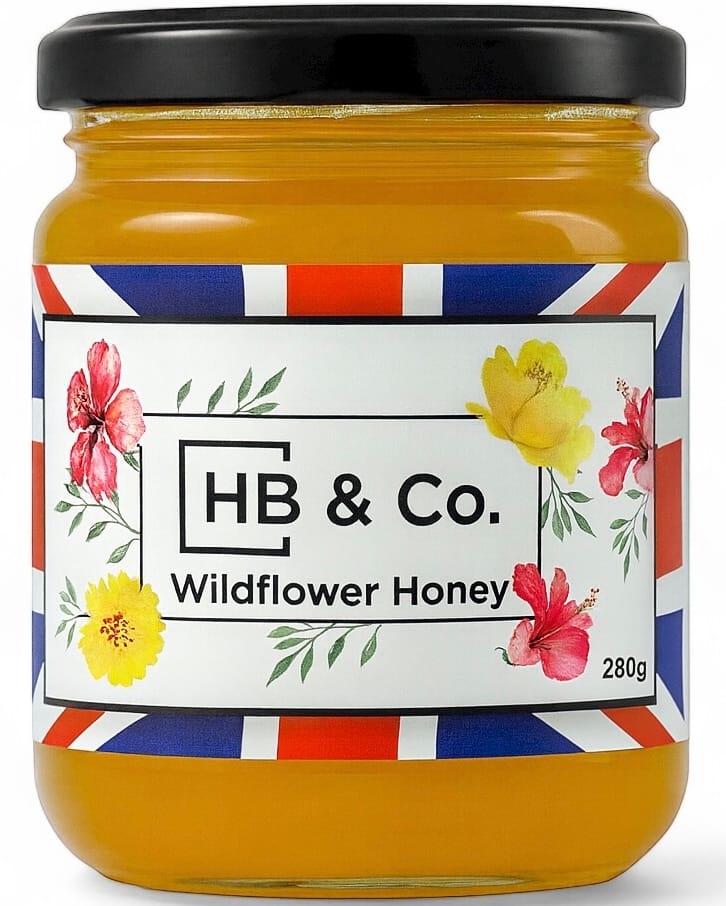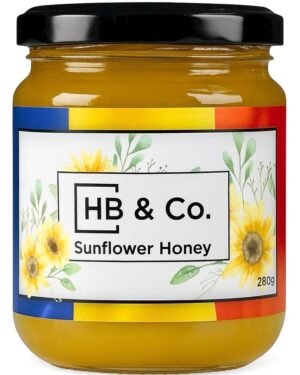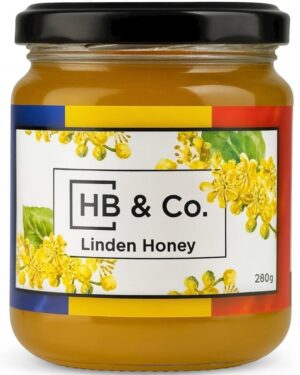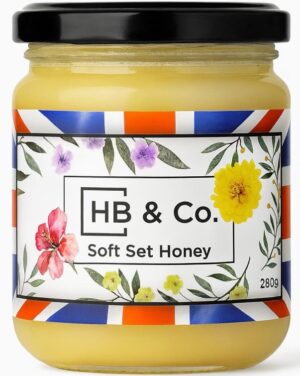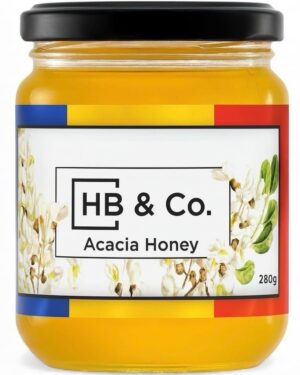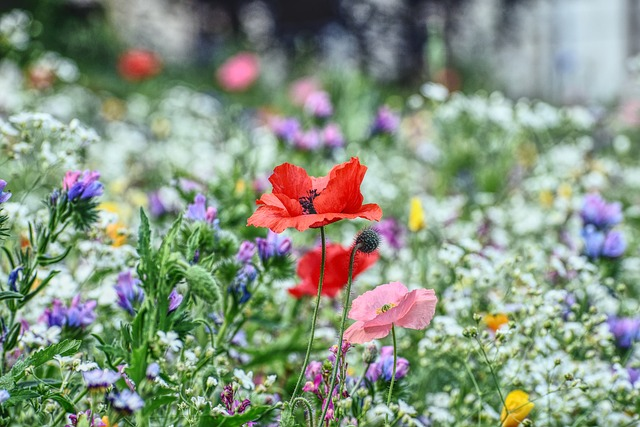British Wildflower Honey
British Wildflower Honey
100% British Wildflower Honey, net weight 280g. At HoneyBee & Co., we work alongside trusted British beekeepers who share our dedication to sustainability and bee welfare. Together, we bring you honey that’s not only delicious but responsibly sourced, supporting local pollinators and keeping traditional beekeeping alive.
Flavour Notes:
Delicate and balanced with floral, grassy undertones and a light citrus finish.
Best For:
Sweetening drinks, pairing with cheese, baking, or enjoying by the spoonful.
Ingredients:
100% pure British wildflower honey: raw, unpasteurised, and naturally delicious.
£10.99 — or subscribe and save 20%
Related products
Just opened my first jar of 3 which happened to be the Acacia honey….DELICIOUS…. bears no resemblance to cheap Supermarket honey…..well pleased…!😋
SALSA Certification for our British Honey Supplier
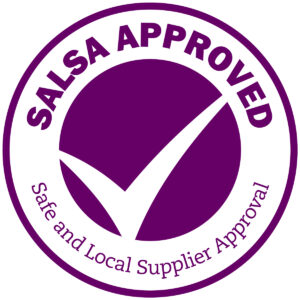
Our British honey supplier holds the prestigious Salsa Certification, a robust and effective food safety certification scheme tailored for smaller food producers and suppliers.
This certification attests that they adhere to industry-recognized standards that surpass the minimum requirements set by regulatory authorities.
To achieve SALSA approval, suppliers must demonstrate to auditors that they consistently produce and supply safe and legal food, and are committed to upholding the stringent SALSA standard. Founded as a non-profit venture by three major trade associations in the UK Food Chain, SALSA is overseen by the Institute of Food Science and Technology (IFST).
Their purpose is to offer affordable food safety assurance certification and support for small and micro businesses in the United Kingdom. Embodying values like prioritizing safe food practices, affordability, building supportive relationships, offering practical guidance, and promoting teamwork and collaboration, SALSA is instrumental in maintaining high-quality food safety standards in the industry.
Wild Flower Honey
The United Kingdom is a treasure trove of natural beauty, and one of its most enchanting assets is its wildflowers. From the rolling hills of the countryside to the rugged coastal cliffs, wildflowers bloom in great abundance, painting the landscape with a riot of colours and fragrances. These floral gems not only add to the aesthetic appeal of the UK's landscapes but also play a crucial role in the production of a unique and delightful product - wildflower honey.
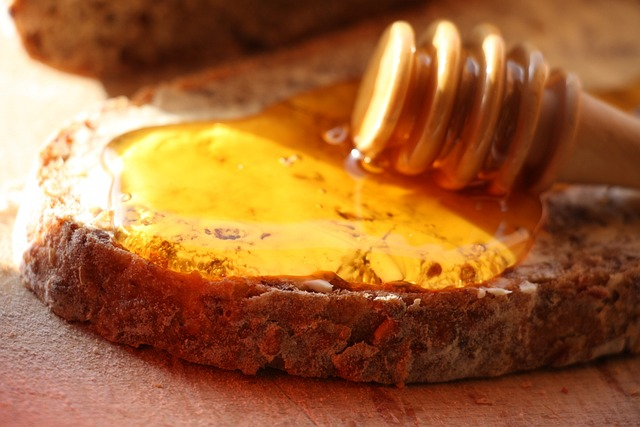
You might be aware that honey has many uses. Glazing, dipping, baking in cakes, even using face masks; honey is a fabulously diverse product. The available honey types are just as varied and you might want to try a few to find the exact type and flavour that suits your tastes.
In general terms, you can find honey that is monofloral or multi-floral. Monofloral honey is made when bees collect their nectar from one type of flower or bush. Multifloral honey (also commonly referred to as wildflower honey or polyfloral honey) is produced by bees who travel between different species of flowers that grow out in the wild to collect their nectar.
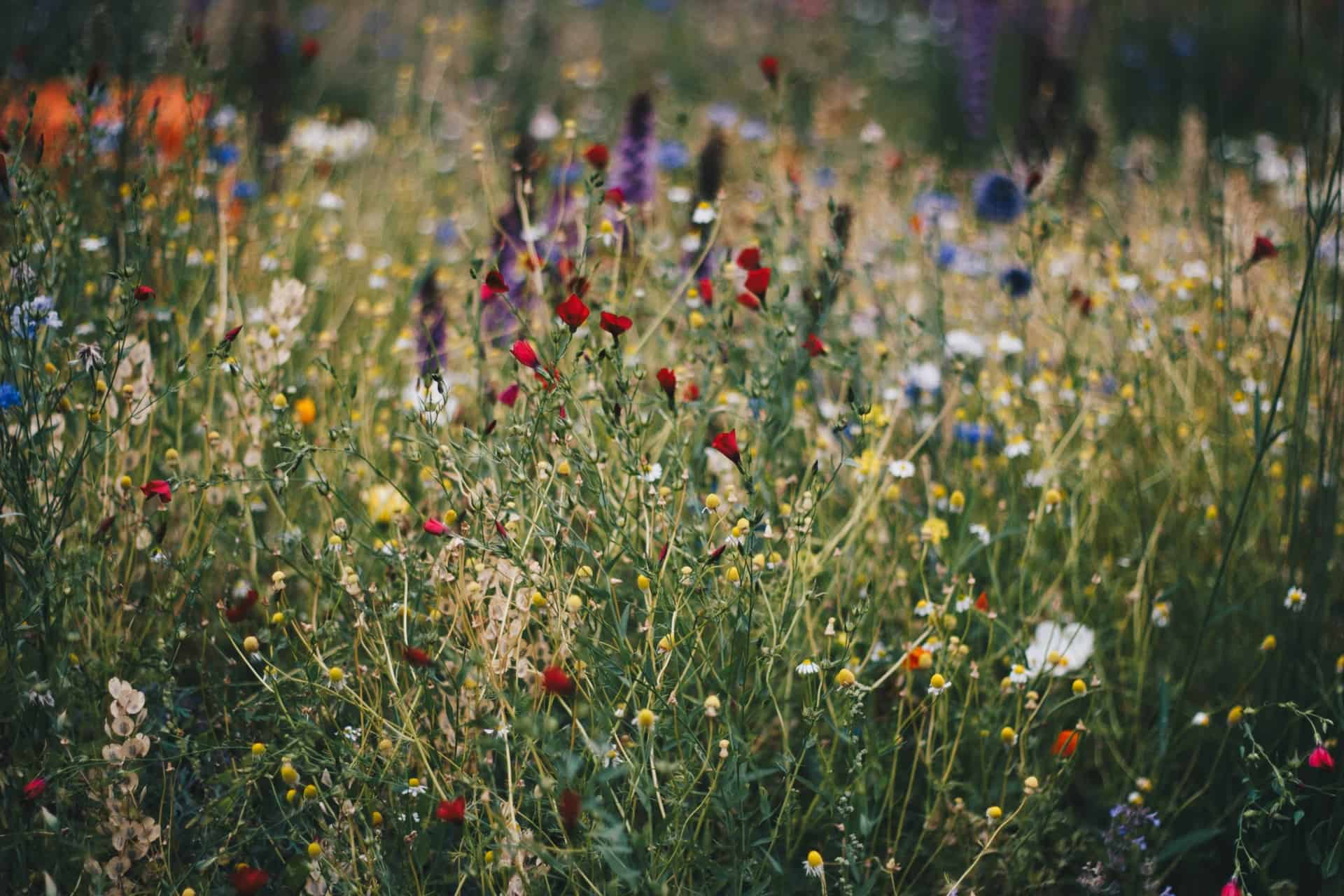 Flowers
Flowers
Wildflowers are flowers that grow naturally in the wild and have not been deliberately planted. They might grow in fields, forests or hedgerows. As such, the nectar that bees collect when they are pollinating wildflowers is sure to come from various species and soil types. This means that wildflower honey can vary significantly in taste and appearance.
You might be aware that honey has many uses. Glazing, dipping, baking in cakes, even using face masks – honey is a fabulously diverse product. The available honey types are just as varied and you might want to try a few to find the exact type and flavour that suits your tastes.
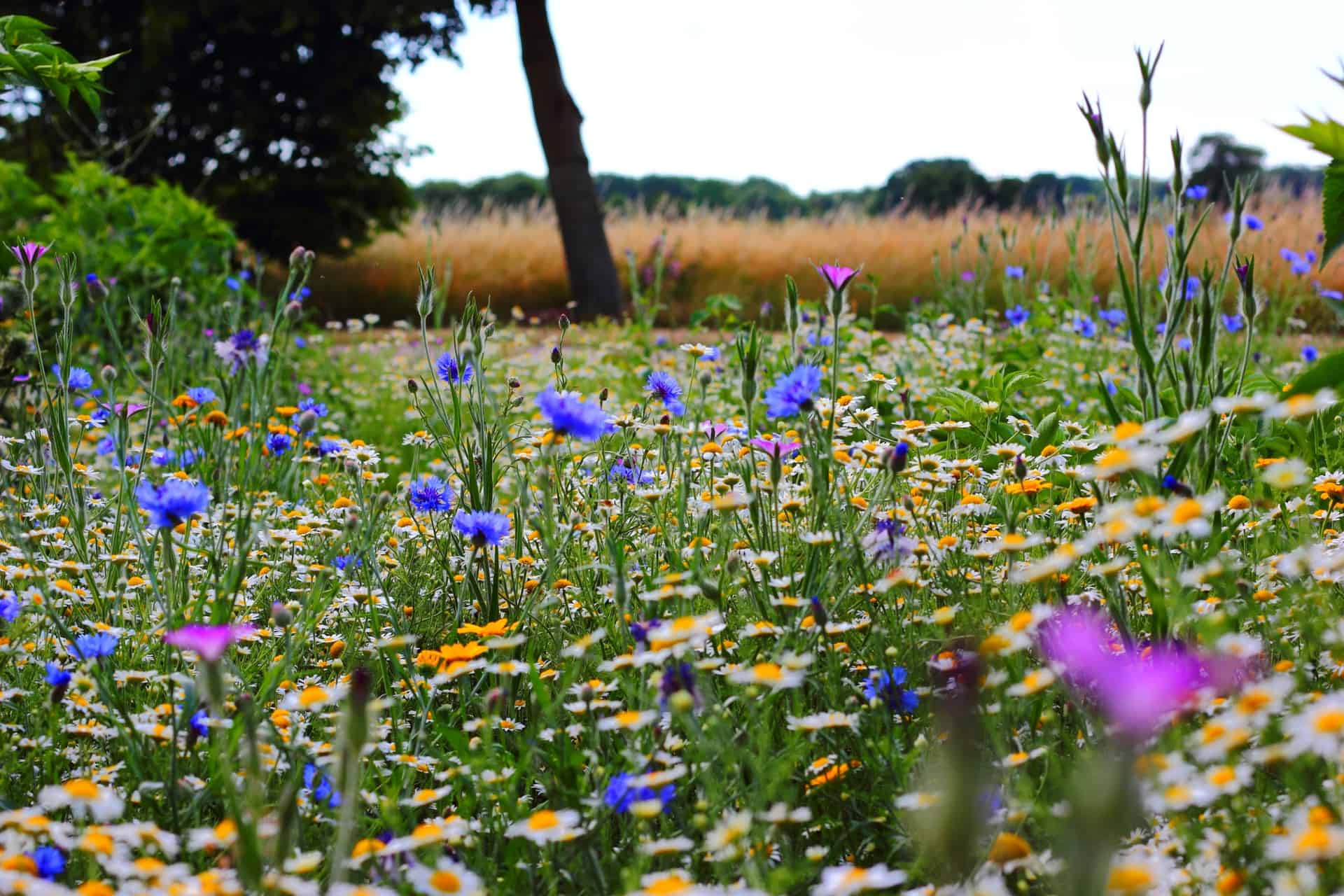 Flowers
Flowers
In general terms, you can find honey that is monofloral or multi-floral. Monofloral honey is made when bees collect their nectar from one type of flower or bush. Multifloral honey (also commonly referred to as wildflower honey or poly floral honey) is produced by bees who travel between different species of flowers that grow out in the wild to collect their nectar.
Wildflower honey can also vary in quality depending on the season because different types of flowers might grow in the wild at different times of the year. This can be frustrating to honey producers, as particularly tasty batches can be difficult to replicate!
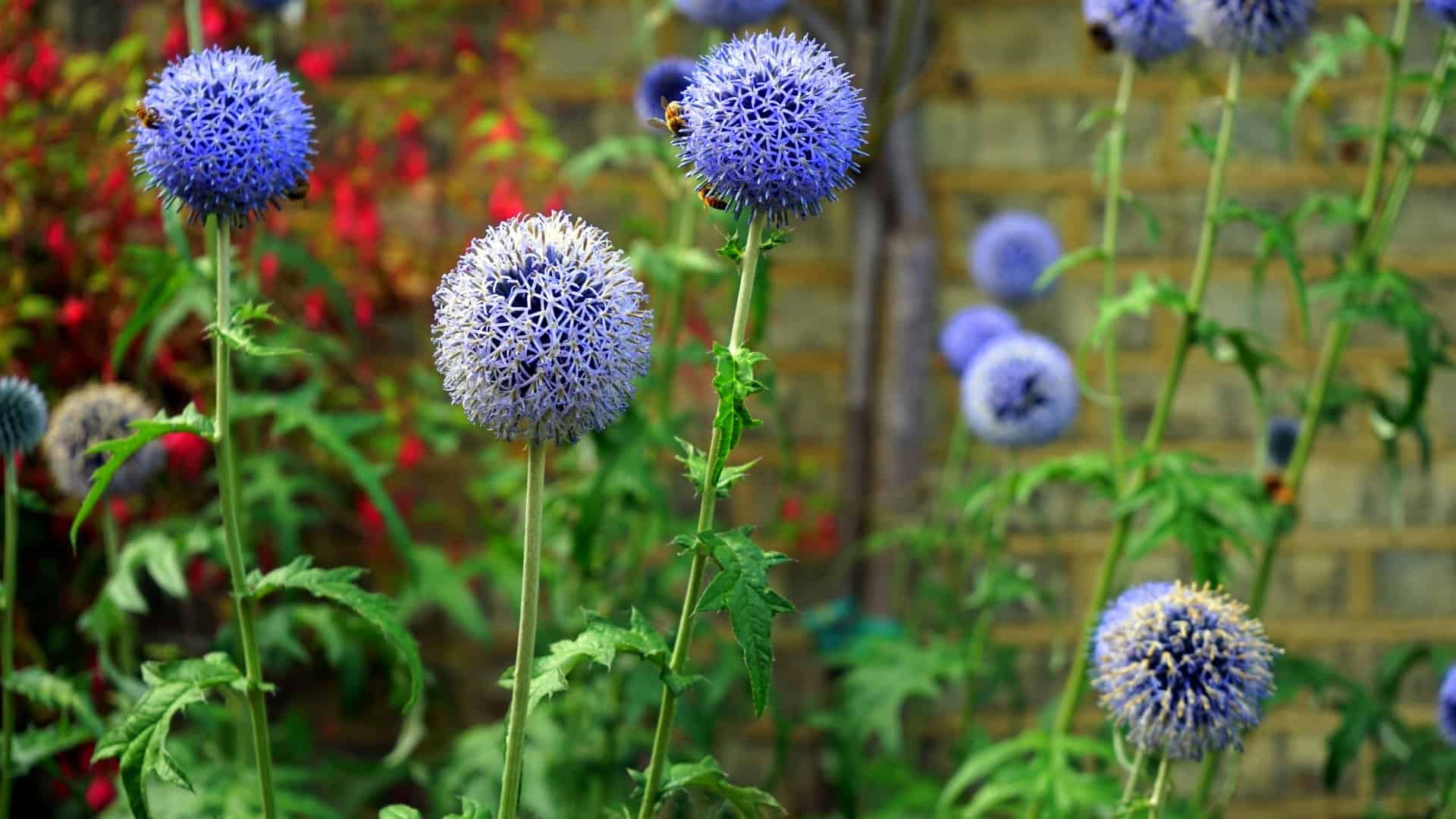
Key differences with wildflower honey:
Wildflower honey is produced when bees pollinate a wide range of different flora. The taste and appearance can vary greatly depending on the season or the types of flowers or bushes that the bees have been collecting nectar from. Its light and fruity taste often characterizes this honey. Wildflower honey varies between seasons, regions and countries as the outcome of each batch of wildflower honey is influenced by the specific plants and flowers the bees get their nectar.
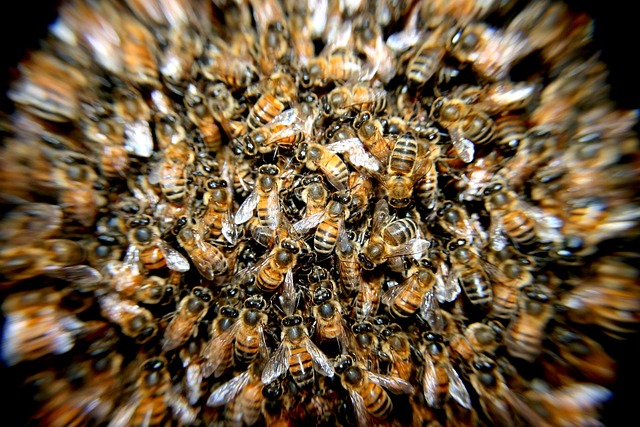
The Beauty of UK Wildflowers
The UK is home to a diverse range of wildflowers. Each season brings a new array of blooms, from the bluebells and primroses of spring to the poppies and cornflowers of summer. Autumn graces the landscape with the golden hues of gorse and heather, while even in winter, hardy species like the snowdrop can be found. These wildflowers provide vital habitats and food sources for a variety of wildlife, including bees.
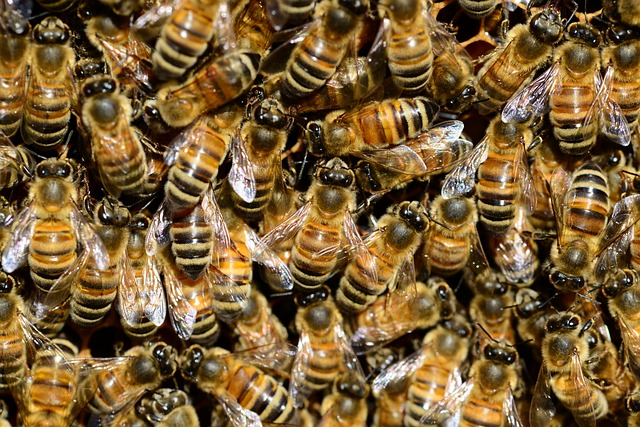
The Role of Bees
Bees are the unsung heroes of the wildflower world. As they flit from flower to flower, collecting nectar, they pollinate the plants, enabling them to produce seeds and ensuring their survival. But bees do more than just pollinate wildflowers. They also transform the nectar they collect into a sweet, golden elixir - honey.
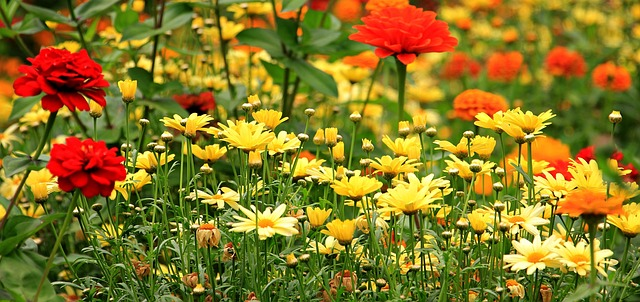
The Wildflower Delicious Honey
Wildflower honey, also known as polyfloral honey, is made by bees that have collected nectar from a variety of wildflowers. The exact composition of wildflower honey can vary, depending on the types of flowers available to the bees at the time of nectar collection. This results in a unique flavour profile for each batch or jar of wildflower honey, reflecting the diversity of the UK's wildflower landscapes.
Wildflower honey is a sensory delight. Its colour can range from light amber to dark brown, and its flavour can be sweet and fruity, floral, or even slightly spicy, depending on the mix of wildflowers the bees have visited. It's a versatile, organic honey too, perfect for drizzling over yoghurt, stirring into tea, or using in a variety of culinary recipes.
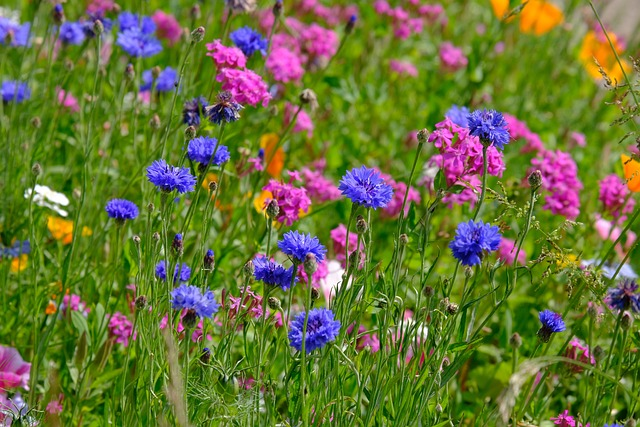
Some of the most popular wildflowers for bees to visit to make honey include:
Asters – vibrant, fast-growing flowers that provide bees with food in the colder months of the year
Bee balm – these perennials are popular not only with bees but also attract other pollinators such as butterflies and small birds
Borage – bees are known to love the plentiful nectar and pollen found in the borage’s purple blossoms
Hyssop –bees will flock to these herbs because it is an excellent source of both nectar and pollen for bees.
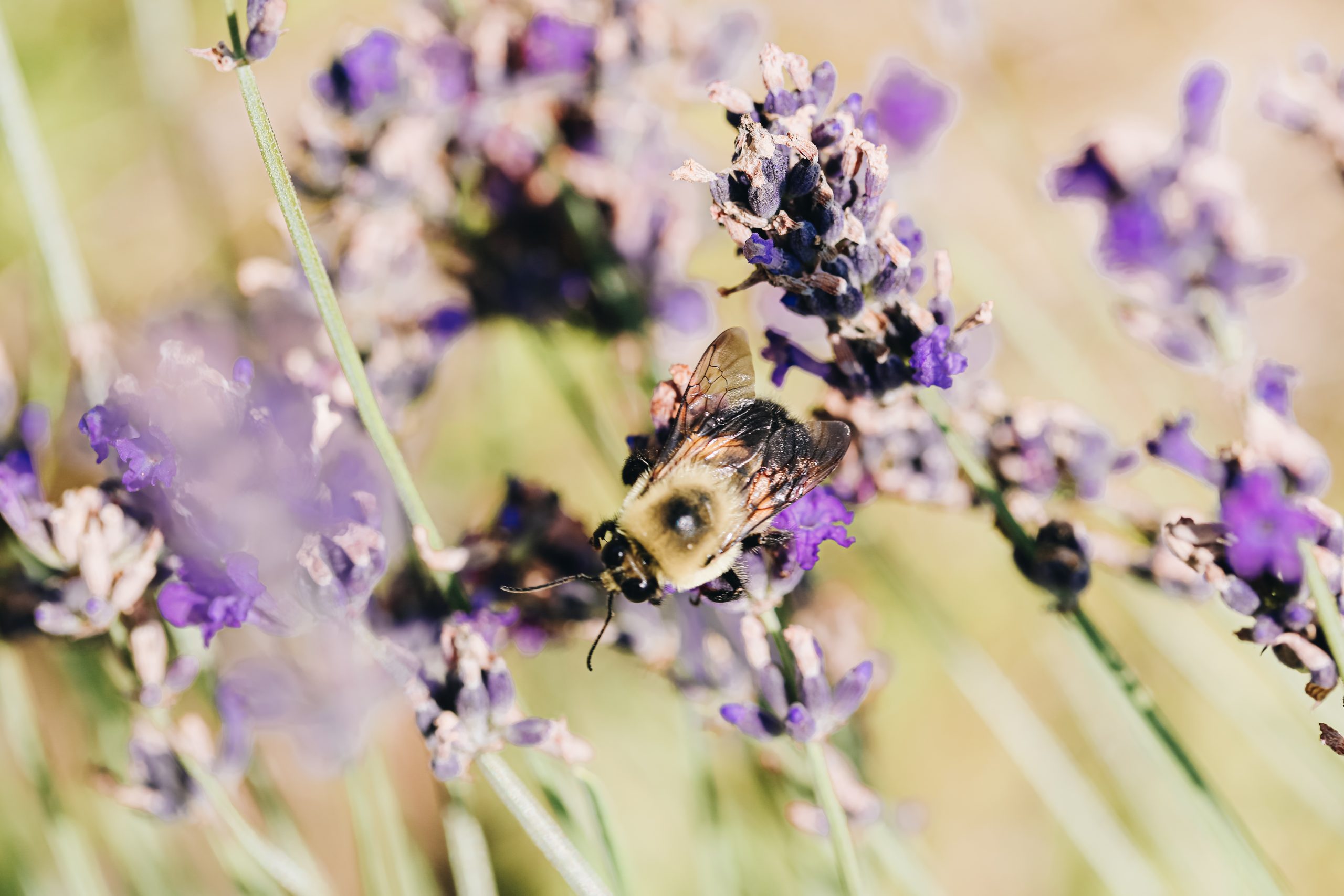
The Health Benefits of Wildflower Honey
One unique benefit of wildflower honey is that it can offer some relief to allergy sufferers. Seasonal allergies are most frequently triggered by pollen from wildflowers. Consuming a small amount of local wildflower honey is said to alleviate symptoms in people suffering from seasonal allergies, such as hay fever.
To get the most health benefits from wildflower honey, choose a raw, natural product. Raw honey hasn't been heat-treated, which means it retains more of its beneficial properties.
The UK's wildflowers are more than just a pretty sight. They're a vital part of the ecosystem, supporting a variety of wildlife, including bees. And thanks to the hard work of these bees, we get to enjoy the unique taste and potential health benefits of wildflower honey. So the next time you see a field of wildflowers, take a moment to appreciate not just their beauty, but also the sweet gift they help to produce.
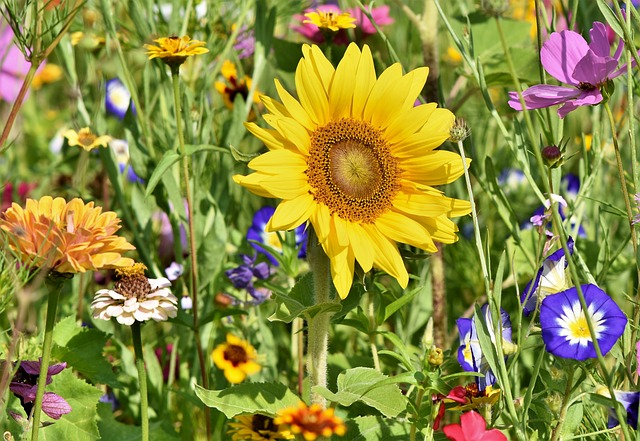
Here are some research papers that discuss the health benefits of honey, including wildflower honey:
- A New Approach for Indexing Honey for Its Heath/Medicinal Benefits: Visualization of the Concept by Indexing Based on Antioxidant and Antibacterial Activities - This study introduces a health benefits index (HBI) for honey and verifies the correlation between the pricing of honey and its HBI/medicinal properties. It found that wildflower honey demonstrated significant but variable antioxidant, antibacterial, and antifungal activities.
- Stingless bee honey, a novel source of trehalulose: a biologically active disaccharide with health benefits - This research identifies the unusual disaccharide trehalose as a major component in stingless bee honey, which includes wildflower honey. Trehalose is known for its low glycemic index properties.
- A comprehensive study of parameters correlated with honey health benefits - This study presents a comprehensive study of parameters correlated with honey health benefits. It found that forest honey samples exhibited the highest Power of Honey, a measure of health benefits.
- Phenolic Compounds in Honey and Their Associated Health Benefits: A Review - This review summarizes and updates the current information regarding the role of honey in health and diseases. It highlights honey's high antioxidant and anti-inflammatory properties, antimicrobial capacity, anticancer activity, antidiabetic activity, and protective effect in the cardiovascular system.

The Sweet Symphony of Wildflower Honey: A Taste of Nature's Best
The world of honey is as diverse as the flowers that bees visit. Among the many varieties, wildflower honey stands out as one of the most delicious honey types you can find. This premium honey is a testament to the tireless work of honey bees, who gather nectar from a variety of flowers to produce this lovely honey.
Wildflower honey, often referred to as the best honey, is a delightful symphony of flavours captured from the essence of various flowers. Each jar of this quality honey is a reflection of the landscape from which it originates, offering a unique taste that changes with the seasons and the flowers in bloom.
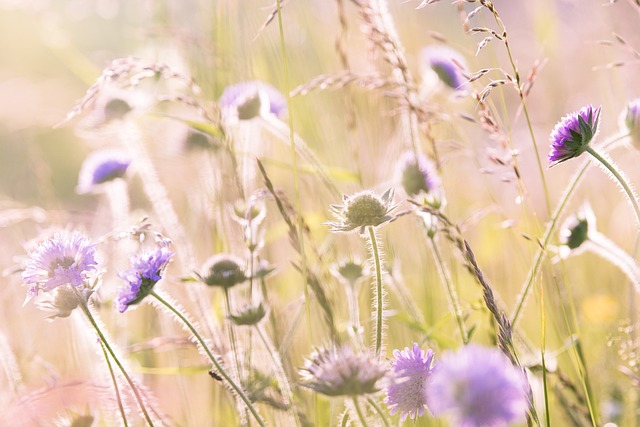
One of the reasons wildflower honey is considered the nicest honey is its complex flavour profile. The taste of this excellent honey can range from subtly sweet to robustly floral or even slightly fruity, depending on the mix of flowers the bees have visited. This great honey is not just a sweet treat but a sensory experience that connects you to nature.
Produced by bees during the spring and summer months, wildflower honey is a clear honey that retains its natural proteins and enzymes due to a process known as cold extraction. This method ensures the honey is not subjected to high heat, which can degrade its natural goodness. The honey is then cold-filtered to remove any impurities while preserving the pollen, which adds to the nutritional value and allows for the origin of the product to be traced.
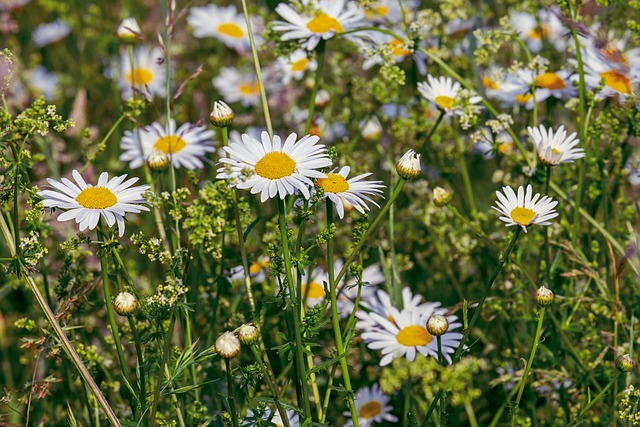
Wildflower honey is not just a fantastic addition to your breakfast toast or porridge. It's also a versatile ingredient that can enhance the flavour of various other products. Whether you're looking to sweeten your tea, add depth to your cooking, or simply enjoy a spoonful of good honey, wildflower honey is an excellent choice.
When purchasing wildflower honey, it's important to choose a product that is raw. This ensures that the honey bees have been kept in natural conditions and that the honey is free from any chemical residues. At Honeybee & co, we are committed to sustainable beekeeping practices to protect our bees and the environment. Our supplier's hives are located in areas abundant with wildflowers, providing our bees with a rich source of nectar.
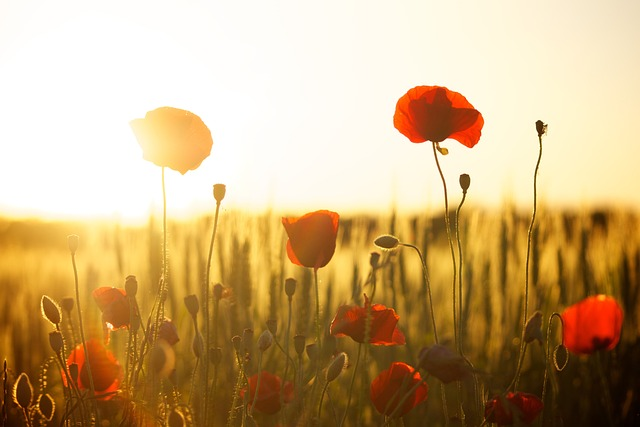
We take pride in the quality of our honey, which is reflected in the positive reviews on our website. Our customers love the taste of our wildflower honey, and we're sure you will too. We ensure quick delivery in secure packaging, so you can start enjoying your jar of wildflower honey as soon as possible.
In addition to its delightful taste, wildflower honey also offers various health benefits. It's rich in natural antioxidants and has antibacterial and anti-inflammatory properties. Whether you're looking for a natural sweetener or a healthy addition to your diet, wildflower honey is a great choice.

Experience the taste of the UK's wildflowers with our wildflower honey. It's more than just a jar of honey; it's a jar of nature's best, brought to you by the hardworking honey bees and the beautiful wildflowers of our country. Visit our site to buy your jar of wildflower honey today and add a touch of nature's sweetness to your everyday life.
The Difference Between Wild Honey and Wildflower Honey
Honey, a sweet and viscous substance produced by bees, is a staple in many kitchens around the world. While all honey comes from the same place—bees—the taste, color, and texture can vary greatly depending on the flowers the bees visit for nectar. Two types of honey that are often compared are wild honey and wildflower honey. Let’s delve into the differences between these two.
Wild Honey
The term “wild honey” is often used to describe honey that comes from bees that collect nectar from various sources in the wild. This type of honey does not have a distinct taste, flavor, aroma, or feature from other raw honey types1. The characteristics of wild honey can vary greatly depending on the flowers available to the bees in the area where the hive is located.
Wildflower Honey
Wildflower honey, on the other hand, comes from wildflowers—flowers of plants that generally grow in the wild without deliberate cultivation3. Each bottle of golden syrup is a microcosm of fall and spring, bottled up and preserved. Those gorgeous wildflowers dotting the landscape have kept the bees happy, and their honey makes us happy, too.
Typically a mix of flowers and flavors, wildflower honey is a subtle cacophony of floral notes. Because of the nature of wildflowers being, well, wild, each honey is dependent on the hive it comes from. One beehive may be more herbaceous, and another could be more floral and sweet. Overall, however, wildflower honey is mild and sweet.
Key Differences
The most basic difference between wild honey and wildflower honey is the source of the nectar. Wild honey comes from various nectar sources, while wildflower honey specifically comes from the nectar of wildflowers.
Another key difference is the taste. Wildflower honey changes in taste and texture depending on the nectar source but is generally stronger in flavor than wild honey. It can also be distinguished by its darker color.
In conclusion, while both wild honey and wildflower honey are derived from bees that collect nectar from various sources, the specific source of the nectar and the resulting taste and texture of the honey are what set them apart. Whether you prefer the robust flavor of wildflower honey or the more subtle taste of wild honey, both are delicious additions to any pantry.
Raw Honey vs Cheap Honey
1% Minerals, Vitamins, Enzymes
6% Trisaccharide & Other Carbohydrates
7% Maltose
17% Water
31% Glucose
38% Fructose

Up to 35% Blend of EU & Non EU Honeys
Potentially containing pesticides & antibiotics
Up to 50% Water
Up to 35% High Fructose Corn Syrup
*Percentage may vary
Your Questions Answered
No. HoneyBee & co Honey is Raw Honey. Exactly how bees have made it.
No. Our Acacia Honey is produced in pure and uncontaminated natural areas and our bees are not treated with antibiotics.
Our Acacia Honey contains an Optimal water percentage between 15% and 19%. Cheap supermarket honey can have up to 50% water. This is due to either beekeeper feeding bees water with artificial sugar or they collect the honey to quickly to increase profit margins.
Nectar is a liquid secretion of flowers that bees gather. They then take out much of its water content and after adding several enzymes they produce the golden substance we call honey.
Consuming honey rather than sugar has obvious advantages. The supply to the body of energy in the form of glucose and fructose, simple sugars that do not require any digestive process. Honey also contains Vitamins and other useful enzymes.
Raw Honey is a product with many calories; approximately 320 kcal for 100g. Moderation is the key if one has a particular diet. The positive fact about honey is its sweetness. One teaspoon of honey weighs about 7g and its more than enough to sweeten your favourite cup of tea.
Raw Honey is safe and it provides many health benefits, nevertheless, it should not be cooked raw over 40 degrees. When cooked, honey becomes similar to glue and thus produces toxins. Honey's raw form is the one detaining all its main benefits and properties. By altering its chemical composition by heating or overheating the honey It may completely change its compounds leading to health hazards. Honey also contains bacteria that can harm a young baby’s intestine. To this end avoid giving honey to babies under 12 months old.
Our bees are from the Apis Mellifera from the Apidae family.
Our honey is produced on the European Continent. Our long-term goal is to partner with small beekeepers from all over the UK and Europe providing our customers with quality honey while helping increase the European bee population.
Acacia Honey Stimulates digestion cleans the liver, regulates intestinal transit. Improves heart activity and circulatory system. Helps to restore the body after effort. Stimulates the immune system. The number of red blood cells increases.
Honey is a healthier alternative to sugar, especially for diabetics. It has antioxidants that help reduce the risk of heart attacks, strokes, and some types of cancer. It lowers blood pressure and improves cholesterol values. Honey is great for healing wounds and burns.
Honey is a great solution for coughs both for children and adults.

